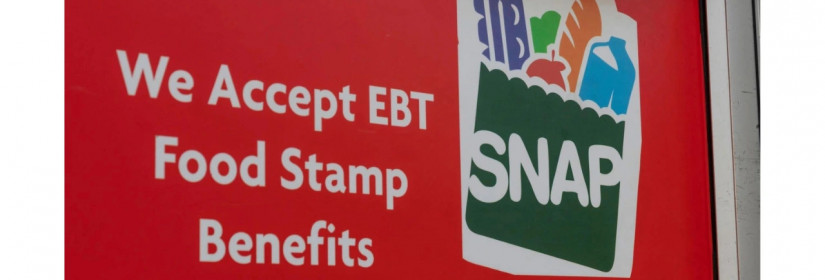Will Food Stamp Benefits Stop in November? SNAP, LIHEAP, Head Start, and ACA Programs Face Funding Crisis

As the U.S. government shutdown drags into its second month, critical federal assistance programs, including SNAP, LIHEAP, Head Start, and ACA subsidies, are facing major disruptions that could leave millions of low-income families without support.
SNAP Delays Deepen as Shutdown Stretches On
The U.S. Department of Agriculture (USDA) had planned to pause or reduce $8 billion in SNAP funding, but a federal court temporarily ordered payments to continue.
Still, the damage is already visible: food banks report longer lines, empty shelves, and growing fear among struggling families.
Political Stalemate Freezes Federal Assistance
The shutdown has left Congress at a standstill, with both parties blaming each other for the deadlock.
-
Democrats accuse the administration of “illegally withholding benefits.”
-
Republicans argue that opposition leaders have repeatedly blocked short-term funding bills.
Meanwhile, federal workers remain unpaid, and airports across the country report growing delays as staff shortages worsen.
Health Costs Surge as ACA Subsidies Expire
The shutdown’s impact goes beyond food assistance. Subsidies under the Affordable Care Act (ACA) are expiring, leading to steep increases in health insurance premiums for millions of Americans.
According to the Kaiser Family Foundation (KFF), the average enrollee could pay over $1,000 more per year if federal aid isn’t restored.
Lawmakers are now clashing over whether to extend the tax credits or reopen the government first.
Head Start and Child Care Programs Face Funding Threats
Beyond SNAP and ACA subsidies, programs like Head Start, which provides early childhood education for low-income families, are also at risk of closure if funding remains frozen.
Educators warn that thousands of children could lose access to meals, learning resources, and safe environments in the coming weeks.
Meanwhile, the LIHEAP (Low Income Home Energy Assistance Program), which assists around 6 million households in paying for heating and cooling bills, is also in jeopardy.
Economic Ripple Effect: From Farms to Food Banks
The uncertainty is rippling across industries. Farmers, grocers, and small retailers are bracing for reduced demand as families lose purchasing power.
The shutdown is now the second longest in U.S. history, and with no compromise in sight, many fear it could lead to lasting economic damage, from food insecurity to rising unemployment.
What Happens Next?
If no funding agreement is reached soon, the government may be forced to choose between partial SNAP payments or using limited contingency funds.
Experts say November could mark a turning point for millions of households trying to survive amid political paralysis and persistent inflation.
What You Can Do Now?
-
Check your SNAP balance using your state’s EBT portal or mobile app.
-
Contact your local food bank for emergency food assistance.
-
Monitor updates at https://www.fns.usda.gov/snap.
-
Don't miss out on general benefits information!
Subscribe for the latest updates, expert advice, and valuable tips to help you maximize your benefits and financial well-being.
Stay informed—sign up now!












